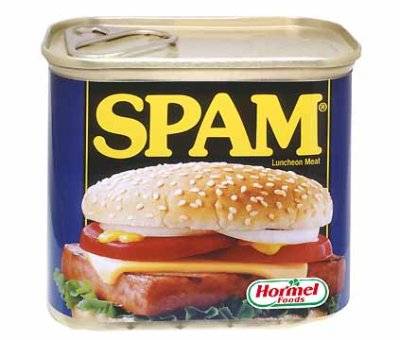Lore
Definition of Email SPAM Changes

Most marketers understand email SPAM as “unsolicited commercial email.” But has the definition changed while we weren’t looking?
A recent survey from Q Interactive and Marketing Sherpa tried to find out why consumers hit the “MARK AS SPAM” button and what they consider SPAM.
The interesting part – most people didn’t even cite “permission” as an issue.
Here are some of their findings.
Definition of SPAM to consumers:
- 56% – consider marketing messages from known senders to be spam if the message is “just not interesting to me.”
- 50% consider “too frequent emails from companies I know” to be spam.
- 31% cite “emails that were once useful but aren’t relevant anymore.”
Why did you hit the “Report SPAM button?”
- “The email was not of interest to me” (41%).
- “I receive too much email from the sender” (25%).
- “I receive too much email from all senders” (20%).
So what does this mean to marketers? Here are a couple ideas:
- Take the pulse of your subscriber base. Find out what they think about the frequency and relevancy of your emails.
- Give more options for subscribers. Make it easy to segment your lists so subscribers only get the most relevant, topical emails.
- Educate your subscribers. The survey seems to imply many don’t understand what the “report SPAM” button does. Help your subscribers understand the process for managing your email communications.